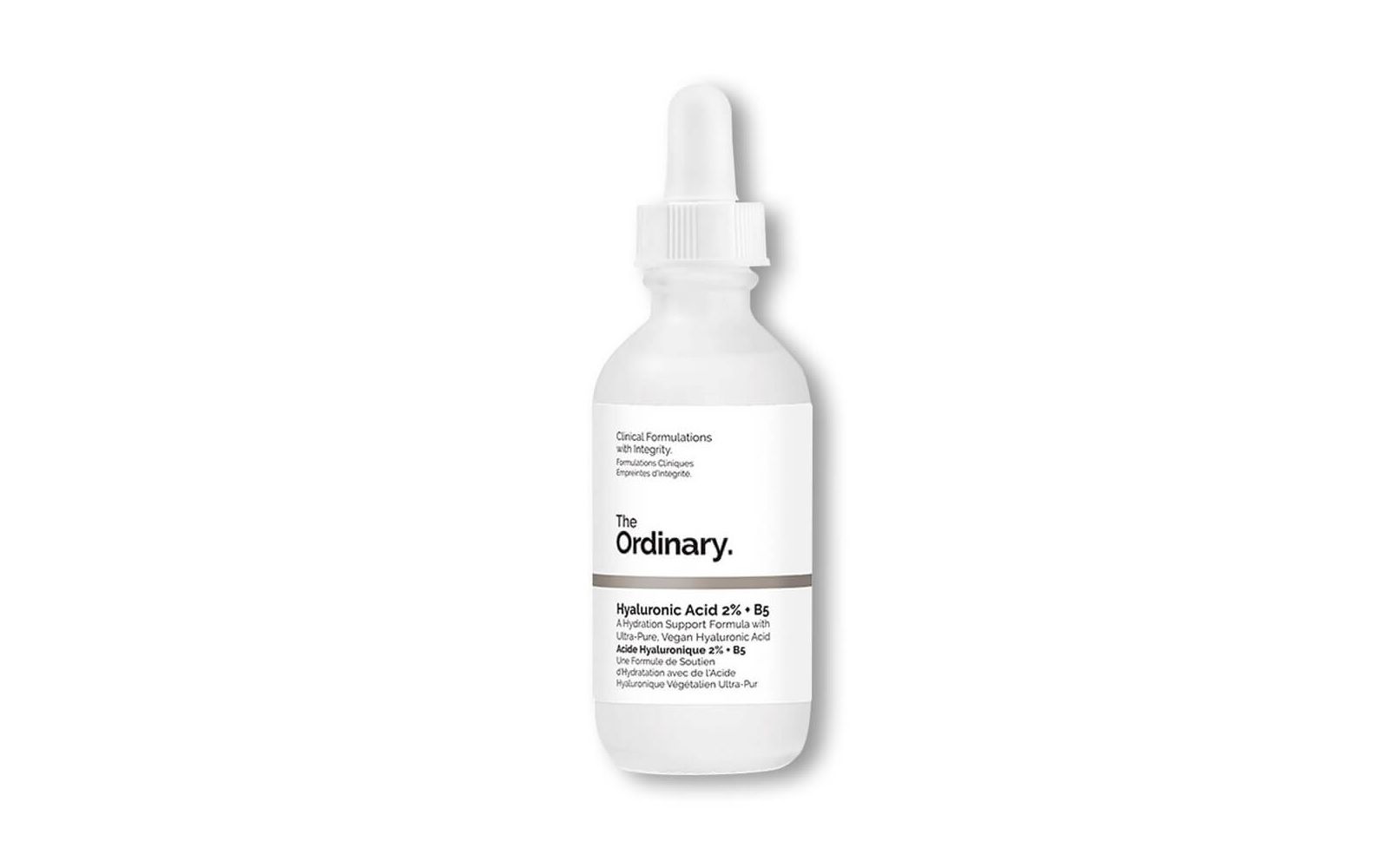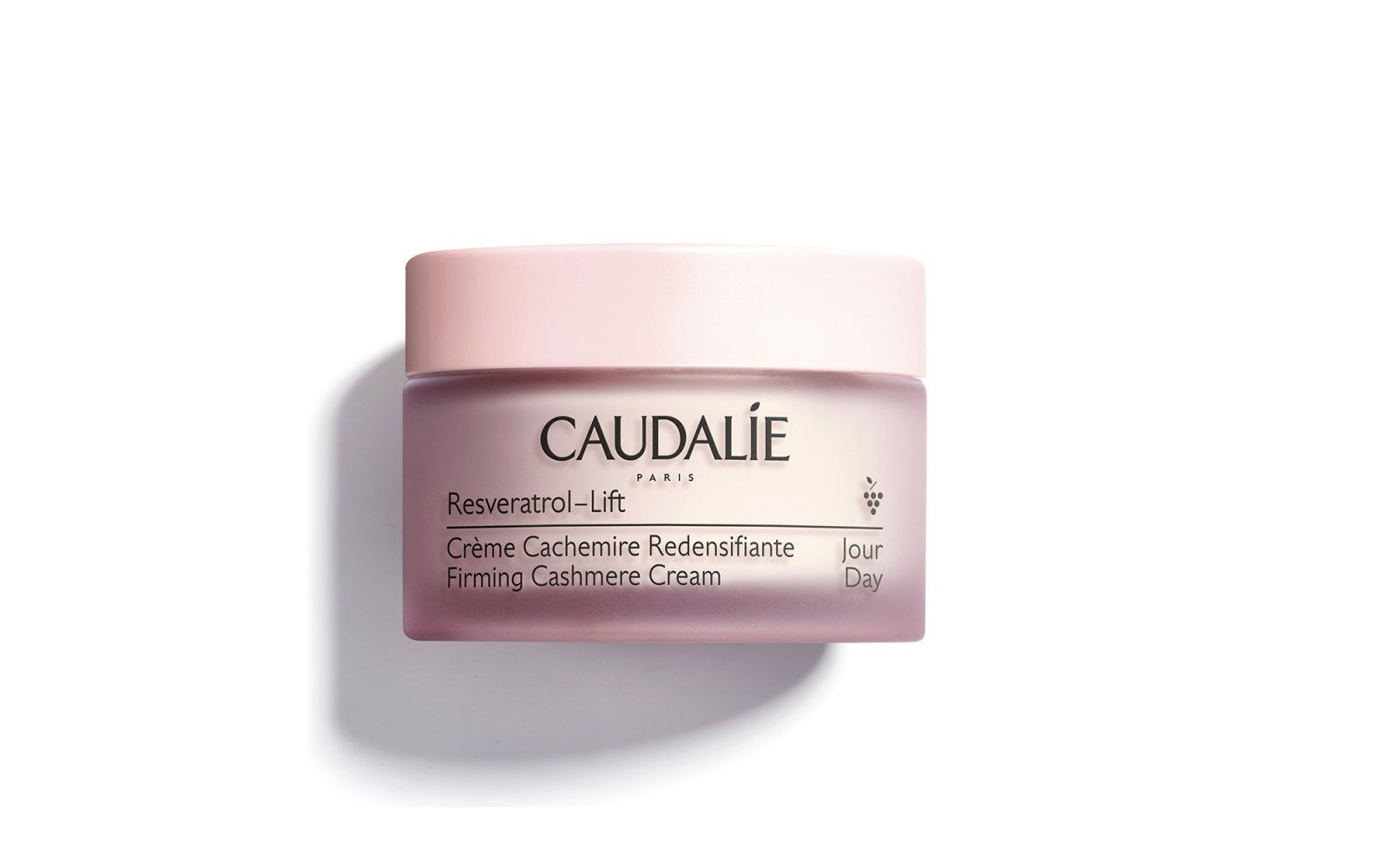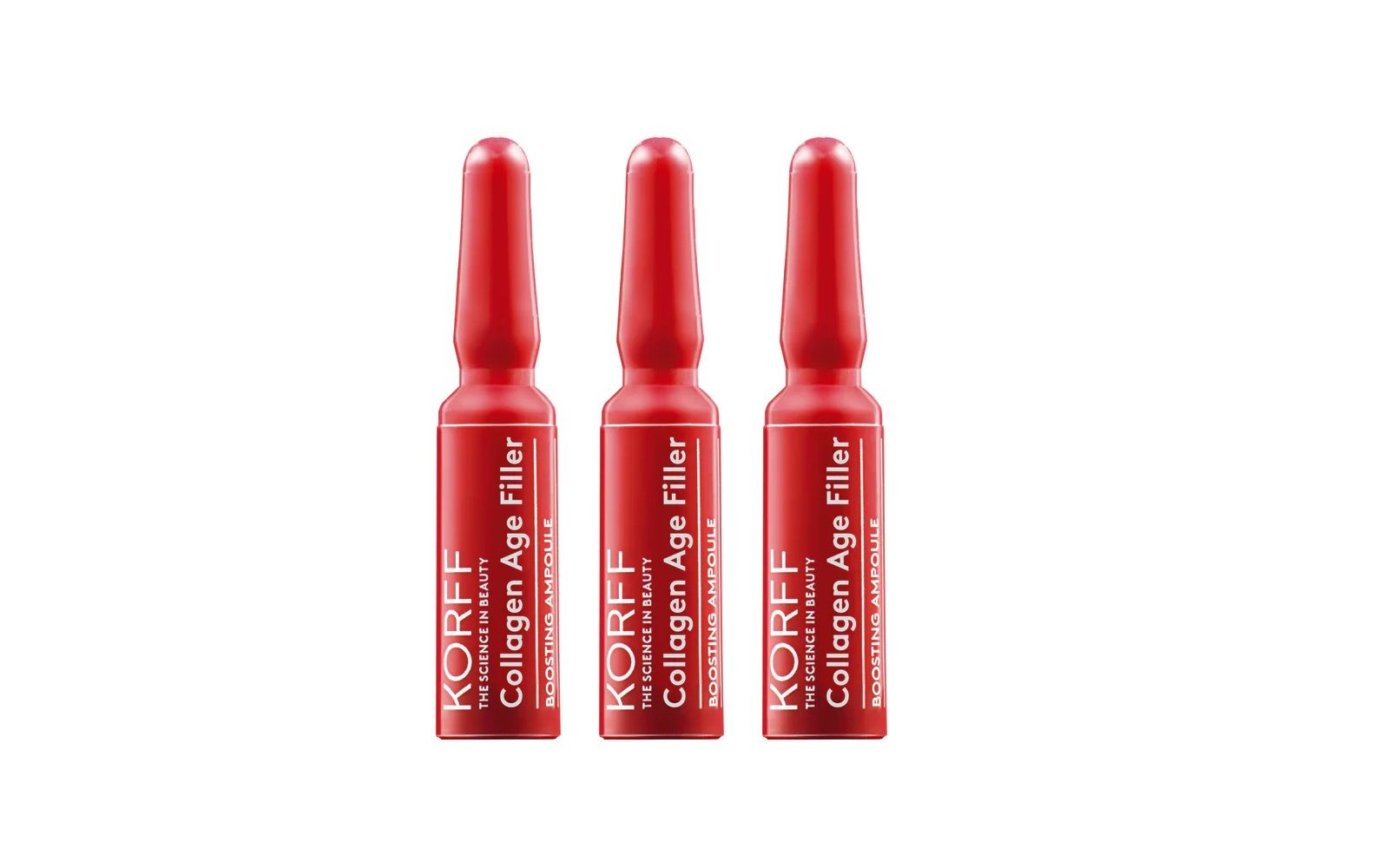
Glossary skincare: what is hyaluronic acid used for? The pros and cons of this elixir of youth
In winter, hyaluronic acid - pure or contained in formulas - is a great ally of the skin, because it attracts and retains more water inside the skin, preventing it from drying out, protecting it and plumping it up. Undoubtedly, it is among the most popular skincare ingredients of recent years, present in many of our favourite facial exfoliants (you may have already tried some HA serums) but, as we all know, just because something is popular, doesn't mean it is effective. Apparently, there is a lot about hyaluronic acid that you may not be aware of, such as the difference between the latter and sodium hyaluronate; or like that '99% hyaluronic acid' serum promise that is not 99% hyaluronic acid at all, but rather a mixture of hyaluronic acid and water. The question therefore arises: are we really sure we know this ingredient and why is it present in so many cosmetics?
The first thing to know is that "Hyaluronic acid is a naturally occurring polysaccharide found in the human body," explains Kerry Benjamin, aesthetician and founder of the best-selling hyaluronic acid serum, Stacked Skincare. "It therefore acts as a shock-absorbing and lubricating agent for our joints, nerves, hair, skin and eyes." Hyaluronic acid is in fact the substance that gives elasticity and resistance to the skin as well as moisturising and protecting it by strengthening the outermost layer, which acts as a barrier against external agents. In general, it is a safe ingredient for all skin types, but is particularly useful for those with dry skin. However, those with rosacea or eczema may need to test hyaluronic acid to make sure it does not irritate their skin. According to Prudvi Kaka, the chief scientific officer of DECIEM, a group that leads brands such as The Ordinary, it is the molecular weight that makes a hyaluronic acid serum effective: "The lower the molecular weight, the deeper it can penetrate into the various layers of the skin. A higher molecular weight prevents hyaluronic acid from penetrating the deeper skin layers."
Be wary of serums that claim to be made with 75% or even 99% hyaluronic acid because they are precisely made with sodium hyaluronate. "Sodium hyaluronate is not in pure form, but in solution," Benjamin further explains. "It comes from 1 percent to 2 percent of the solution, which is composed mainly of water." In other words, if the solution contains more than 4 percent sodium hyaluronate, it can dry out the skin. He illustrates this with an analogy: if you put too much salt on a sponge, the salt will pull the water out of the sponge and dry it out. Similarly, since sodium hyaluronate is a salt rock, too much of it can cause the opposite effect. For example, The Ordinary's Hyaluronic Acid 2% + B5 serum is formulated with different molecular weights mixed with a large percentage of water to allow the skin to become more elastic and firm, slow down the appearance of signs of aging, and above all, protect the skin barrier, the most superficial layer of the epidermis that must always be safeguarded. Although we can't know exactly how much hyaluronic acid or sodium hyaluronate is really included in the formulation of a product without taking it to a lab, it is indeed unlikely to believe products that boast more than a 10 percent pure ingredient inside. "If a product was actually made with 90 percent HA, it would be a salt rock," he says. "So it's probably not really 90 percent HA, it's 90 percent of the total solution, which is mainly made of water," Dr. Benjamin concludes.
You know, then, the serums that claim to be made with 75 or even 99 per cent hyaluronic acid? Well, they are not. "Sodium hyaluronate is not in pure form, but in solution," Benjamin further explains. "It comes in 1 per cent to 2 per cent solution, which is mainly composed of water". In other words, Benjamin says that if the solution contains more than 4 per cent sodium hyaluronate, it can dry out the skin. He illustrates this with an analogy: if you put too much salt on a sponge, the salt will pull the water out of the sponge and dry it out. Similarly, since sodium hyaluronate is a salt rock, too much of it can have the opposite effect. As for those misleading percentages, Benjamin says there is no way for anyone to know exactly how much hyaluronic acid or sodium hyaluronate is really in a product without taking it to a lab. "If a product was actually made with 90 per cent HA, it would be a salty rock," he says. "So it's probably not really 90 per cent HA, it's 90 per cent of the total solution, which is mainly made of water," he concludes.
In terms of form, it is most commonly used as a topical treatment such as serums or gel lotions, but it is also used as a supplement or for filler injections, but we advise you to consult a doctor before proceeding. In fact, there are no known side effects of hyaluronic acid, as HA is so closely related to natural substances already present in the body, most reactions come from the injection itself, not the HA.
Are you ready? nss G-Club has selected for you the 5 must-have products containing Hyaluronic Acid:























































